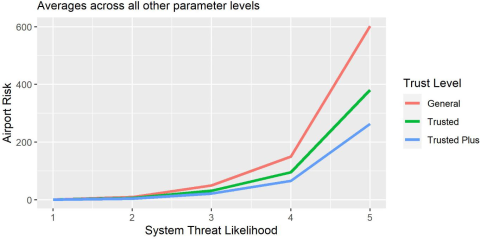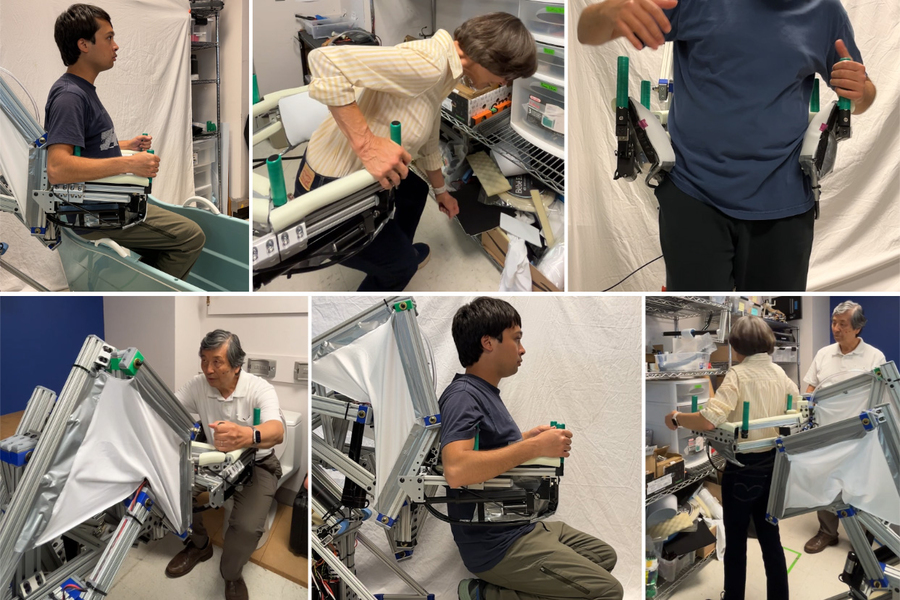2025-05-13 ワシントン州立大学(WSU)
<関連情報>
- https://news.wsu.edu/press-release/2025/05/13/3%e2%80%91d-printing-technology-improves-comfort-durability-of-smart-wearables/
- https://pubs.acs.org/doi/10.1021/acsomega.4c11367
スマートウェアラブルのための柔軟で耐久性のある直接インク描画3Dプリント導電性ファブリック Flexible and Durable Direct Ink Writing 3D-Printed Conductive Fabrics for Smart Wearables
Zihui Zhao,Wangcheng Liu and Hang Liu
ACS Omega Published: April 1, 2025
DOI:https://doi.org/10.1021/acsomega.4c11367
Abstract

Functional fabrics have broad applications in smart wearables, offering diverse functions, such as sensing, energy harvesting, and actuation. The use of 3D printing to deposit functional materials onto textile fabrics has emerged as a transformative approach in smart wearable development due to the advantages it offers. However, achieving the desired functionalities while maintaining the fabric’s flexibility, wearing comfort, washability, and durability of the printed material remains a challenge. In this study, direct ink writing (DIW) 3D printing technology was employed to print polybutylene succinate (PBS) solutions containing carbon nanotubes (CNTs) onto two types of fabrics. Various properties of the printed fabrics were assessed to examine the influence of printing solutions, fabric structures, and postprinting processes on printing performance. The printed fabrics exhibited excellent electrical conductivity, mechanical strength, gauge factor, and stability under repeated strains. These characteristics highlight their potential for use in smart wearable devices such as strain- and motion-detecting sensors. Analysis of the printed fabric morphologies revealed that factors such as fiber content, yarn structure, and surface roughness of the substrate fabric, along with the rheological properties and surface tension of the printing solution, played key roles in determining the wetting and penetration behaviors of the solution on the substrate. The solution’s ability to penetrate and bond with fibers provided the printed fabrics with enhanced washability and abrasion resistance, demonstrating the advantages of DIW printing technology in developing textile-based sensors for smart wearables. Additionally, by using biobased and biodegradable nontoxic Cyrene as the solvent for processing, the printed fabric is safer for smart wearables, and the process is more environmentally friendly than commonly used toxic solvents for PBS.



